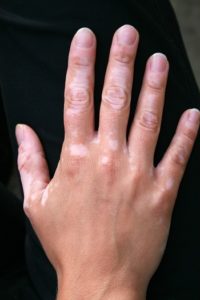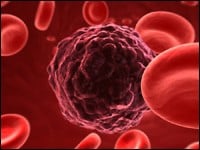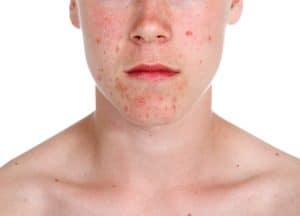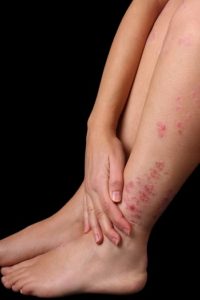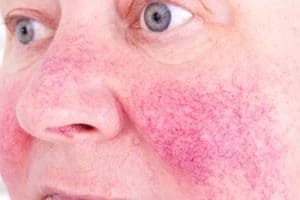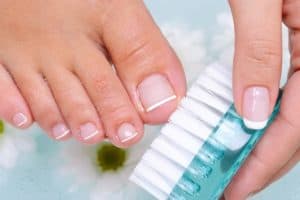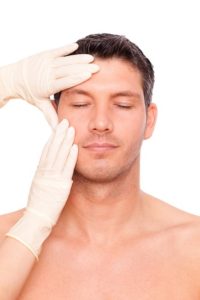Have you heard of Toxicodendron radicans? No? Well, you have likely heard of their colloquial name— poison ivy. Sporting leaves filled with Urushiol, an oily resin that can cause a painful rash when in contact with human skin, poison ivy can cause a number of painfully uncomfortable symptoms.
Read on to learn the symptoms of poison ivy exposure, how to treat its symptoms, and whether those symptoms warrant a trip to your local dermatologist.
Rash Symptoms of Poison IVY
Poison ivy rashes often show up right after exposure to the plant leaves, although they do sometimes spring up a couple of days afterward, as well. Symptoms of the rash include:
- Red streaks and patches on the skin
- The emergence of hives, blisters, and red bumps
- General swelling
- Acute itching
Treatment Options
Once you have discovered the rash, there are some initial steps that you can take to relieve your symptoms. These include:
- Immediately run cool water over your skin at the first sight of rash
- Use over-the-counter cortisone and calamine creams to relieve itching
- Take an oral antihistamine (e.g. Benadry) to reduce itching and inflammation
After 1 to 3 weeks, the rash should dissipate on its own, without the requirement for medical care. However, there are some scenarios in which you should seek out the attention of your local dermatologist. For instance, call a doctor if you experience:
- Pus emitting from the rash
- A general spreading of the rash
- A failure of the rash to clear up after a couple weeks
In other scenarios, emergency care may prove necessary. Call 911 if you experience:
- Trouble breathing or swelling of the throat
- Extreme swelling, especially around the eyes
- Spreading of the rash to the mouth, eyes, or genitals
Concerned? Give Call Your Local Dermatologist
Are you experiencing overly distressing symptoms of poison ivy exposure or a rash that just won’t go away? If so, contact your dermatologist and find relief.




